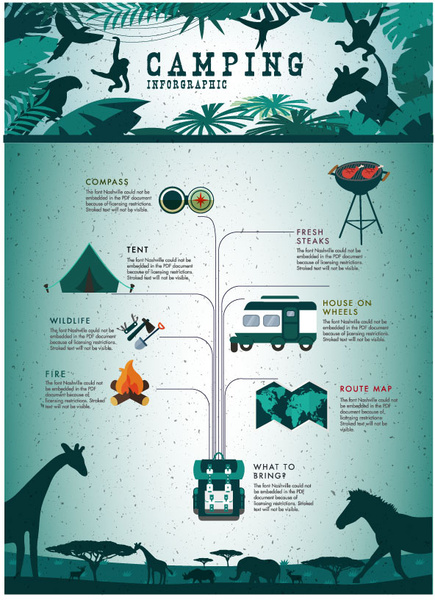Great Way To Start An Online Camping Tents Company Selling Camping Tents
Great Way To Start An Online Camping Tents Company Selling Camping Tents
Blog Article
Taking Photos of the Evening Skies
A selection of variables can affect night sky digital photography. From climate condition to upcoming celestial events, you'll wish to intend in advance to make certain success.
Why do you need a tent?
The shutter speed you choose identifies whether stars look like specific pin-points or route throughout the photo. A great guideline is to limit the exposure to 500 seconds, or the equivalent of your lens's focal length.
Location
One of the most important factors in an excellent picture is where you take it. Go for areas with very little light contamination, and stay clear of areas that have bright city lights and high-rise buildings.
Also, look for a place that uses foreground components to produce structures with. For instance, dune patterns, wind-sculpted ridges and rocky outcrops can all offer appealing foreground components to assist tell the story of your night sky photograph.
It is additionally practical to research study huge events such as meteor showers and lunar eclipses to make the most of chances for fantastic photos. Making use of a device such as the Professional photographer's Ephemeris can be incredibly valuable when intending your shoots. It assists you to determine moon stages, Milky Way placement and various other huge events. Additionally, think about shooting in RAW layout rather than JPEG as this gives you much more versatility when processing the images. This is especially true if you intend to publish your images.
Cam Settings
Obtaining the appropriate cam setups is very important for any photograph, yet particularly so for night skies images. A wide-angle lens is best for catching more of the Galaxy and reducing celebrity routes, as well as a longer shutter rate to quit the motion of stars and reveal their details.
For a maximum level of clarity, shoot in RAW layout as opposed to JPEG, which enables you to preserve even more information and supplies flexibility throughout post-processing. This can likewise add to submit size, so see to it you have lots of storage space and extra flash memory card available.
Establish your emphasis to manual concentrating by flipping permanent tent the AF/MF activate your lens right into MF mode. You might require to take a few examination shots and inspect the photo playback on your cam's LCD display until you accomplish excellent, identify hand-operated focus. It's a great idea to do this throughout the day with your selected lens and the area you will certainly be shooting at evening, to verify the precision of your focus setting.
Lighting
A good night skies photo needs the right problems. This includes a dark sky, yet also a fascinating foreground component such as a mountain coming up, a lake to reflect the celebrities, or a human element like a barn or shed. You can also make use of a headlamp to brighten the foreground and add some dramatization or depth to your picture.
One of the most essential video camera setups for night skies digital photography are the aperture and shutter rate. The bigger the aperture, the much more light that gets to the sensor. This enables you to record intense stars in a reasonably brief quantity of time.
The shutter speed figures out whether your celebrities will be pin-point best or if they will certainly appear as celebrity routes due to the Planet's turning. Be sure to take several lengthy exposure shots and pile them in post-processing for the best results. Last but not least, shoot in RAW setting to give yourself optimal latitude in post-processing.
Composition
The trick to attractive star shots isn't a high-end telescope, a brand-new wide-angle lens or a state-of-the-art Canon or Nikon camera. It's method, preparation and composition.
For starters, hunt your shoot area beforehand to get a feel for the design and possible make-ups. Consider integrating foreground components such as rocks, a lake or alpenglow on the landscape to include character and rate of interest to your pictures.
Bear in mind the Regulation of Thirds when composing your photos. This basic concept aids equilibrium and link images. It's also helpful for concentrating on sights in your image, such as rock features or the Milky Way. Likewise, keep in mind to intend your shoots around moon stages-- shooting at a full moon can overpower stars and produce a silhouetted form, while firing on evenings with a new moon can help you see constellations more clearly.
How often should a tent be waterproofed?
